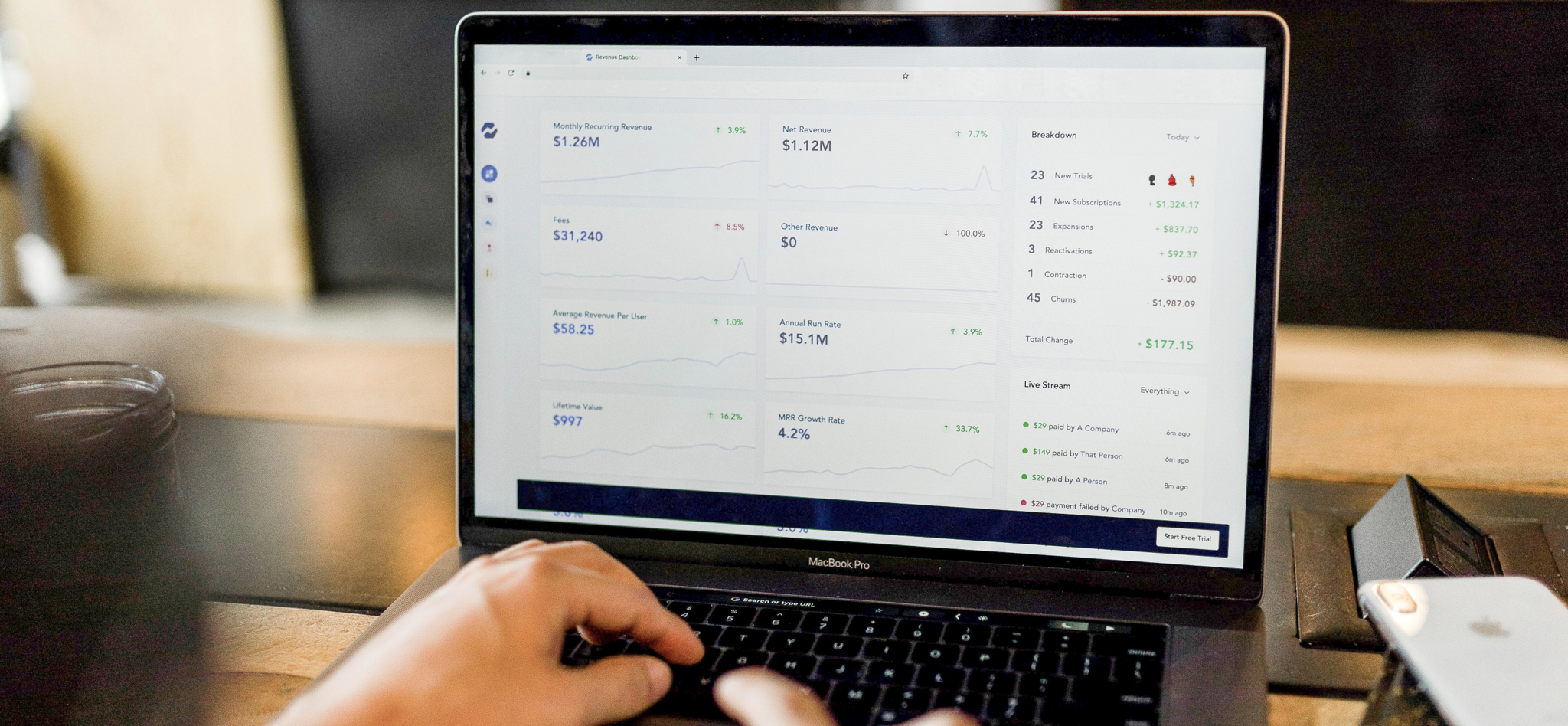
Email marketing is something that relies on time, patience and the implementation of best practices to accomplish successful marketing campaigns. Success does not only come from the enactment of best practices, you have to also measure your campaign results to truly recognize whether your email goals are being fulfilled or not.
To know which metrics are relevant to measure for your email marketing campaigns, you have to set some goals and expectations. Find out what you want to achieve with your email marketing, and then you will understand the metrics that point to such objectives.
Every marketer can have different goals for their campaigns, which means that there is no exact list of email marketing metrics that everyone should track. However, after being aware of the different types of metrics out there, you will be able to determine which ones are important to you and your aims.
Email Marketing Metrics
We have selected the 10 of the most important metrics for email marketers to track.
Open rate
An email open rate is one of the most basic email KPIs (Key Performance Indicators). An open rate is the percentage of subscribers that open any given email. An open rate can indicate to you the effectiveness of your subject lines.
How to improve your open rate: A number of things you can do to improve your email open rates are to
- Improve your subject line copy – play around with the tone and length of the copy
- Test whether changing the sender name has an impact on your open rate – for example, using the company name versus using a person’s name
- Test the date and time that you send your emails – target users might not open their emails at the times you send your campaigns
Best way to measure an open rate: When investigating your open rates, it is best to compare them with the open rates of the previous week or month. Doing so can shed light on whether more or less people are opening your emails. You can then figure out what you did differently to understand the more successful features of your marketing.
Click-through rate (CTR)
A metric that is very telling in the extent of engaging content in your emails is the click-through rate (CTR). A click-through rate is the percentage of subscribers or recipients that clicked on any of the links in your email. Typically, click-through rates are lower than open rates, but there are some ways to increase your CTR.
How to increase your click-through rate: Using a consistent tone of voice that speaks to your target audiences is very important to keep up subscriber engagement. Make sure to include links throughout your emails, but in a way that maintains coherency throughout the message. Add a catching call-to-action that converts subscribers from email.
How to calculate a click-through rate: To calculate your CTR, you should follow the subsequent equation.
(Total clicks ÷ the number of delivered emails) x 100 = CTR
Conversion rate
Following the calculation of your click-through rate, an insightful next step would be to investigate your conversion rates. A conversion rate explains the percentage of people who clicked a link in your email and went on to complete an action, such as buying a product.
Basically, the conversion rate can give insight on how many people followed your email’s call to action.
Why is it important: A call to action is typically based on a goal that you aim to accomplish, which suggests that conversion rates are one of the most telling metrics regarding your marketing goal completions.
How you can calculate it: (the number of people that fulfilled a specific action ÷ the total number of delivered emails) x 100
Unsubscribe rate
An unsubscribe rate tells you the percentage of people that unsubscribe from your email lists. Whilst, this may seem like a negative metric to focus on, it is very beneficial. An unsubscribe rate indicates to you whether your content is not engaging its intended audiences, or is not targeted enough. Additionally, a high unsubscribe rate can tell you that your email lists are left with subscribers that want to receive your messages and possibly engage with your content.
However, it is important to keep in mind that unsubscribe rates are not wholly revealing of the state of your email list hygiene. Many unengaged and uninterested subscribers might not bother to go through the process of unsubscribing from your lists.
Why should you look at your unsubscribe rate: While it might not be the most telling metric, in terms of goal completion, your unsubscribe rate does aid in calculating your list growth rate.
List growth rate
That brings us to the fifth metric, list growth rate. Somewhat self-explanatory, the list growth rate tells you the rate at which your email list is growing. This is an important metric to follow because your email list is not a stagnant thing, they typically decline over time.
How can you calculate it: The calculation for your email list growth rate is the following.
([(number of new subscribers] – (number of people that unsubscribe + spam complaints)] ÷ total number of list email addresses) x 100
How to grow your email contact list: This blog post is dedicated to best practices you can implement to ethically and organically grow your email contact list.
Email bounce rate
We have written a post explaining what bounced emails are, the differences between soft and hard bounces, along with how to limit them here. To simplify things, an email bounce rate is the percentage of your emails sent that were not delivered to subscriber inboxes.
How you can calculate your bounce rate: You bounce rate is the (total number of bounced emails ÷ the number of emails you sent) x 100.
Spam complaints
It might be easy to ignore the spam complaints your emails might receive. However, the rate of your spam complaints is and important metric to keep track of. If your spam complaints are too frequent or the rate gets too high, your account might be blocked by your email service provider.
How to avoid spam complaints: There are several best practices you can implement to limit the amount of spam complaints your emails receive. We have outlined a few of them in this post. The following are a couple of tips to abide by:
- Make sure you avoid sending emails to inactive subscribers or addresses that did not opt-in to your email list.
- Be consistent with the frequency in which you send out emails.
Email sharing/Forwarding rate
This metric measures the percentage of recipients who shared your email campaigns through social media networks, as well as the recipients who forwarded your message to others. This metric is useful to track because it is telling of brand advocates you have developed through your campaigns.
How you can calculate this metric: (number of clicks on forward or share buttons ÷ total number of emails delivered) x 100
This metric helps you uncover the extent to which you can attract new leads with your campaigns.
Overall ROI
The tenth and final metric we are outlining in this post is your overall return on investment (ROI). This is one of the most important metrics to follow because it is incredibly telling of your campaign success.
How you can calculate your overall ROI: ([amount of money made in additional sales – amount of money used to execute the campaign] ÷ amount of money invested in the campaign) x 100
As a final piece of advice, make sure to begin your email marketing with the creation of attainable goals. These goals will help you identify the most suitable metrics to measure the extent to which you achieved your objectives.



